ILLINOIS — A newly circulated map of Illinois is grabbing attention on social media and in policy circles for how it divides the state’s 12.8 million residents into five distinct regions — each with roughly equal population, but drastically different political and geographic identities.
The breakdown shows that:
-
Chicago alone (just the city) accounts for 21.44% of the state’s population
-
Suburban Cook County adds another 19.74%
-
Collar Counties minus Kane hold 20.71%
-
Kane County + exurbs + near downstate account for 19.00%
-
Far downstate Illinois covers 19.11%, across most of the state’s geography
This near-equal split lays bare a core truth: While Chicagoland dominates demographically, much of Illinois’s landmass lies in rural or exurban areas that feel politically overshadowed.
Chicago: One City, One-Fifth of Illinois
With 2.7 million residents, the City of Chicago alone matches the population of nearly 70 downstate counties combined. Yet the city comprises just a tiny fraction of the state’s land area.
The city’s economic and political influence is immense — but critics argue that this can lead to policies that do not reflect the needs of rural or small-town communities.
Suburban and Collar Counties: The Political Middle Zone
Just outside Chicago, Suburban Cook County adds another 2.5 million residents, making it Illinois’ second-largest bloc by population.
Further out, the collar counties (excluding Kane) — including Lake, DuPage, McHenry, and Will — collectively house over 2.6 million residents. These areas often swing between red and blue politically, making them key battlegrounds in statewide elections.
Far Downstate: Most of the Land, Least of the Say?
The entire southern and central belt of Illinois, shaded in purple on the map, includes over 80 counties and represents just 19.1% of the state’s population. Despite its vast size, this region struggles for equal attention in Springfield.
Residents in downstate regions often cite concerns over:
-
Urban-centric policies
-
Tax burdens not aligned with local income levels
-
Underinvestment in infrastructure and public services
Equal Numbers, Unequal Representation?
While each region is roughly equal in population, representation at the state level doesn’t always feel balanced — especially when statehouse control often rests on decisions made in just a handful of Chicagoland suburbs.
The map provides a clear visual reminder: Political strategies, funding decisions, and legislative priorities often hinge on just a few zip codes, even though the state is diverse in its geography and economy.
What This Could Mean For Future Policy Fights
With redistricting, budget negotiations, and culture war flashpoints ahead, this regional breakdown could shape how lawmakers:
-
Frame arguments around tax fairness
-
Approach education and healthcare funding
-
Debate urban vs. rural priorities
It’s also a potential wake-up call for state leadership: Equal population doesn’t mean equal political power or cultural influence.
Do You Think Illinois Is Fairly Represented Across Regions?
Should downstate Illinois have more say in Springfield? Or does the population math justify Chicagoland’s political dominance? Weigh in now on ChicagoSuburbanFamily.com.


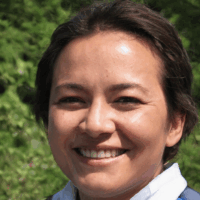
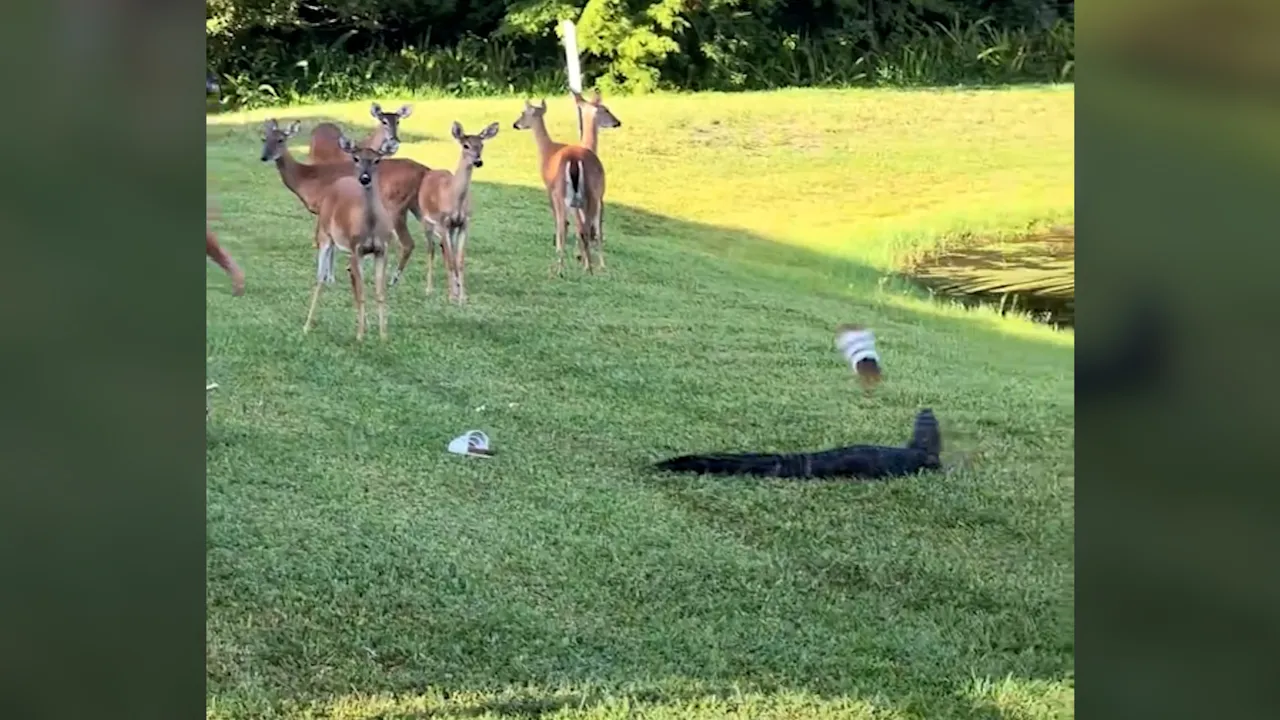




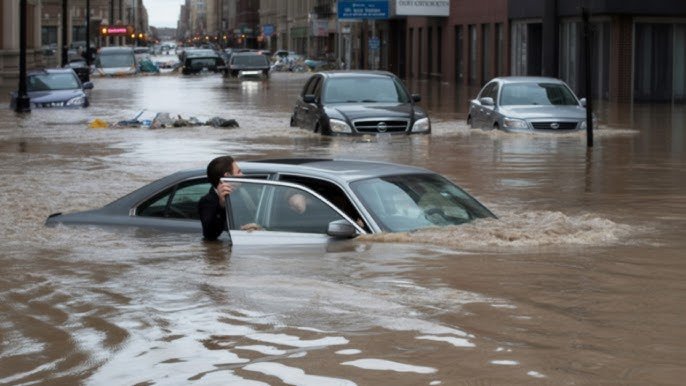

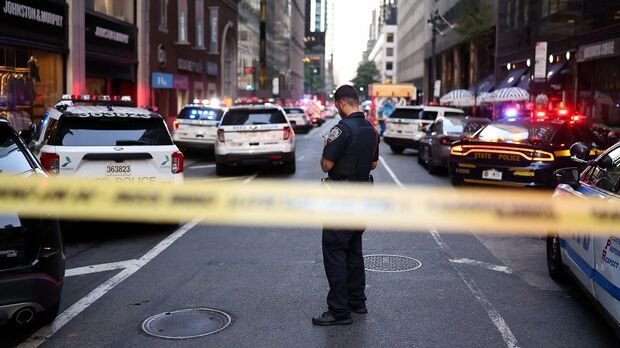
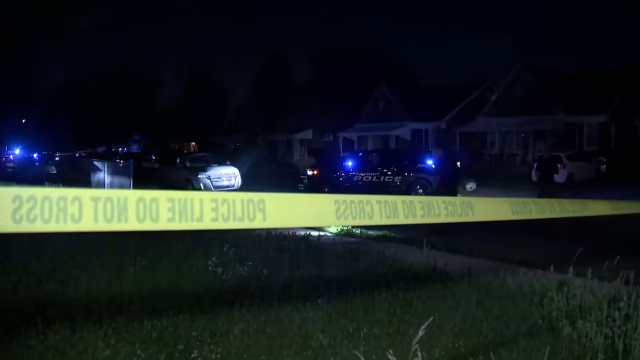
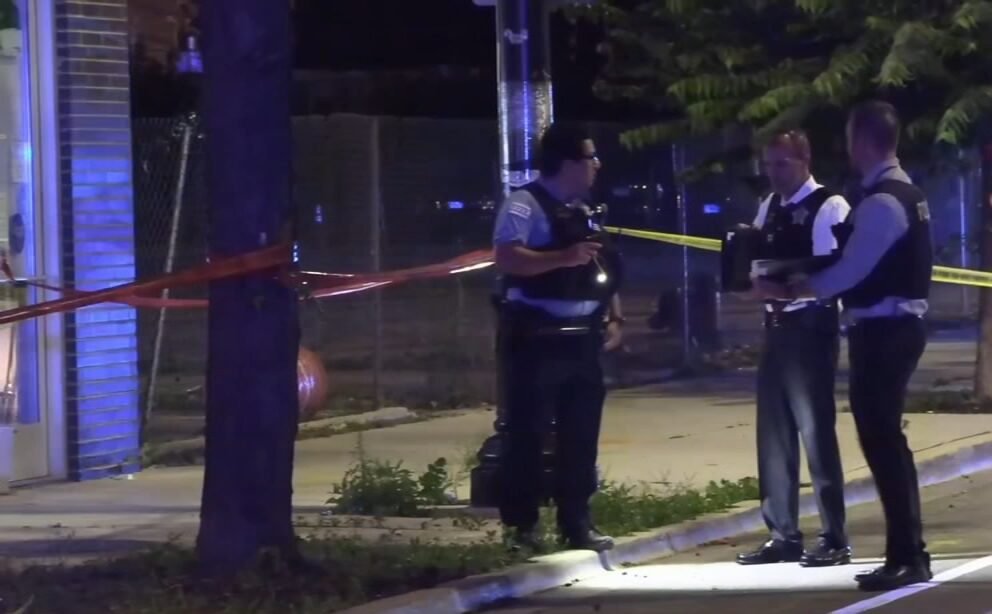

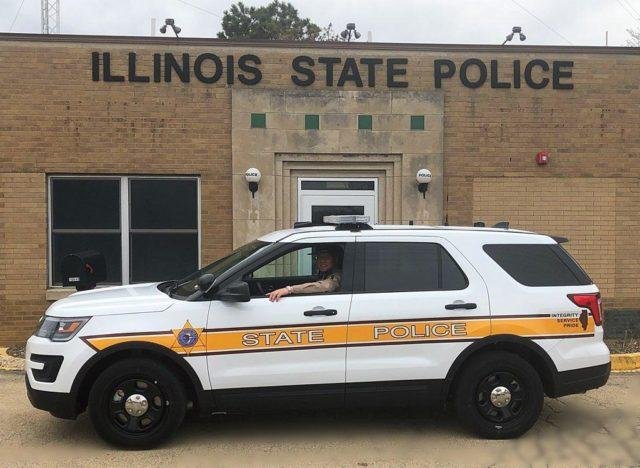
I’m not represented my views and opinions are not treated in any meaningful way
This map illuminates why rural and small-town Illinoisans feel they have little voice as political leaders defer to the policy needs of Chicagoland. It also reminds us that our constitutional republic demands equal representation to the majority AND the minority. Illinois is the 6th most populus state in the Union, is at the midpoint in land mass (25th largest state), and has the fifth largest state economy. Chicagoland matters a lot to the economics of Illinois. Chicago—the third most populus city in America—and its interdependent densely packed collar counties, hosts nearly half the state’s population. Chicagoland is the source of $725B of the state’s one trillion-dollar economy. Yet the remaining 275 billion dollars is nothing to scoff at. People forget that rural Illinois drives the state’s diverse agriculture sector (1st in soybean production, 2nd in corn, and 4th in pork). And nearly all (96%) of that agricultural production and value comes from family farms. These Illinois farm families live near moderately sized towns and in lightly populated regions. As a candidate for U.S. Senate that has lived for years in Chicago, Kankakee County, downstate in Carbondale, and throughout the rural and suburban Metro East, I know that elected officials must be mindful of the complexity of our state. We are all essential to the culture and fabric of The Land of Lincoln. And all Illinoisans share the burdens of ever-increasing property taxes, costs of mass immigration, needing help to access onramps to economic development and infrastructure funds, and resisting the officials who aim to restrict our access to firearms despite the risks created by inconsistent criminal justice. I hope this map encourages Illinoisans to recover their voice and voting power during this upcoming mid-term election. After all, those are the greatest tools we have when we are overlooked.